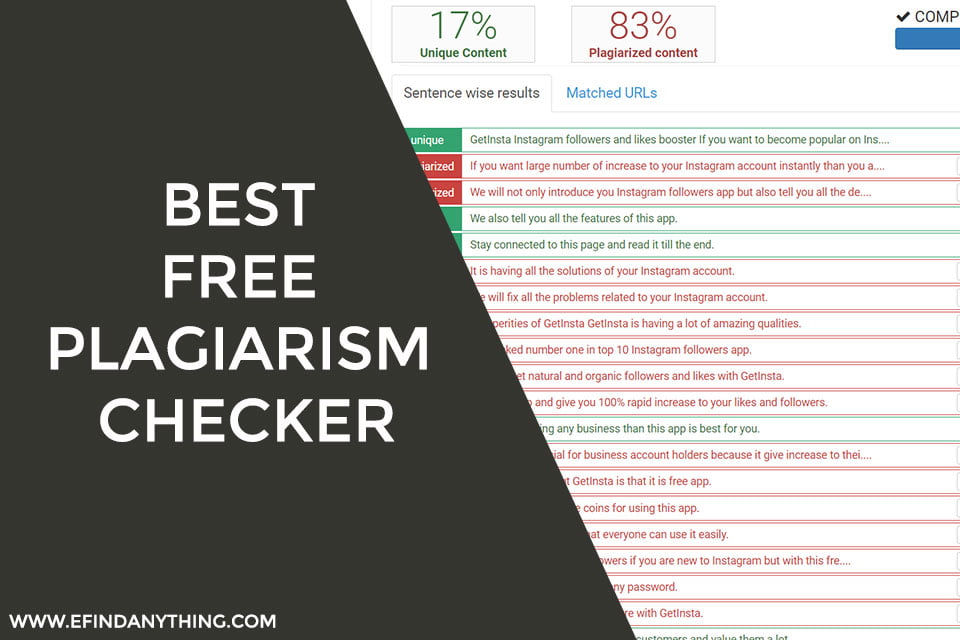NFTs are very exciting, interesting, and a new arena that all of us are now learning about. There are different pros and cons to everything, and you should know them beforehand. This prior knowledge will help you in staying ahead of troubles and knowing how to deal with them or combat them.
Where NFTs have some good parts connected to them, there are specific cons as well that you should.
Important drawbacks of NFTs
Let’s have a look at some of the most important drawbacks of NFTs.
- You Cannot Digitize Physical Art
There are different reasons to own physical and digital art. You cannot digitize an art piece that exists physically. There is another level of satisfaction and peace that you get when you look at a specific painting of your choice and that too in real-time. This is a joy that digital tokens or painting cannot offer.
- You Can’t Predict The Future Value
Another great drawback of NFTs is that they are a bit confusing. You may think that experts or professionals have ample experience in dealing in the industry and they will know everything. However, that is wrong. Just like you can learn someone but not follow the exact trail as theirs, you cannot do just what the experts are doing. What is good for them may not necessarily work for you as well.
With that being said, whenever you buy these non-fungible tokens, you don’t get the copyright to whatever art you bought. Somehow, people get successful in finding copies of that art on the Internet and they can copy and paste those files on various social media platforms. They will show off the exact art piece for which you paid hundreds or even thousands of dollars.
- They Are Not Environmentally Friendly
The environment matters a lot in the NFT world. A record that enters into the ETH (Ethereum) blockchain requires mandatory computing and uses substantial amounts of energy. With that, NFTs and other digital assets in the blockchain such as bitcoins are traded, and it’s not necessary that the entire process is always environmentally friendly.
Creation of NFTs
The concept of NFTs began on the blockchain of Ethereum. The Ethereum blockchain, as opposed to the Bitcoin blockchain, was designed as a system of smart contracts. It is a platform where developers can build digital assets of value with the help of an interconnected, verified ledger of ownership and communication. It can also prevent bitcoin theft lurking on traders.
Moreover, the ETH blockchain also came into formation to take assets to future growth. Today, we witness the same. NFTs are like the brainchild of two artists, John Watkinson and Matt Hall who created Crypto Punks.
This became available to the public in the year 2017. Moreover, these digital images are highly pixelated and unique. That’s why they can cost you a lot of money as well. There are many NFTs that have been sold for amazing prices and in the future, it is expected that they will continue to do the same.
Are NFTs Related To Marketing?
Absolutely. We have many examples in front of us. Brands like Taco Bell, Gucci, and Coca-Cola jumped into the world of NFTs and that too, with limited/special edition pieces for sale. We can see the same thing happening in the entertainment industry.
The most recent collaboration took place between Blade Runner and Wax Blockchain. The animated series “Black Lotus” is also an incredible example of how collectors, artists, and fans have found more exciting ways to engage and connect with the content of their choice.
To conclude, NFTs have been in the digital era for quite some time now and they are not going anywhere in the near future as well. They help artists and collectors to do something they love and enjoy and in the digital world, it’s quite meaningful, convenient, and thrilling. It’s safe to say that NFTs hold a future that has great uncertainty, but we can always stay informed with the latest news, trends, and happenings of the industry to know when to enter the market and how to operate in it.
To make sure that there is always stability in one thing is not guaranteed and seems quite irrational. But to bring stability again to your investments and learn from your experiences is an art itself that you will master with time if you want to.





